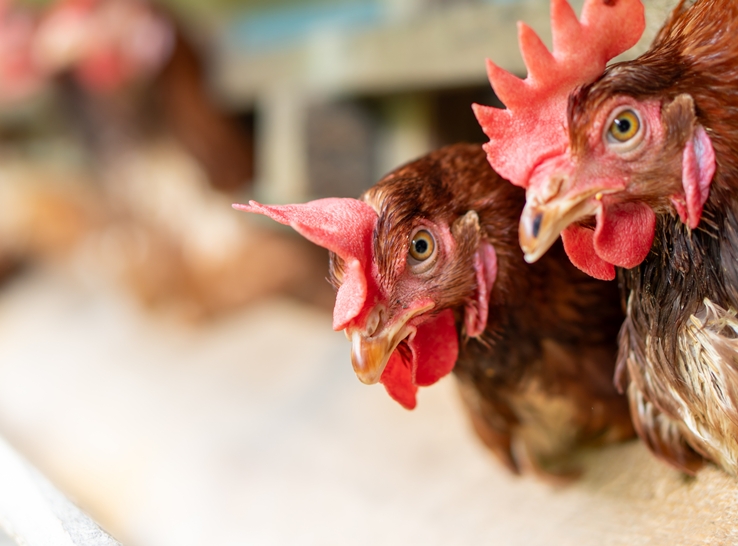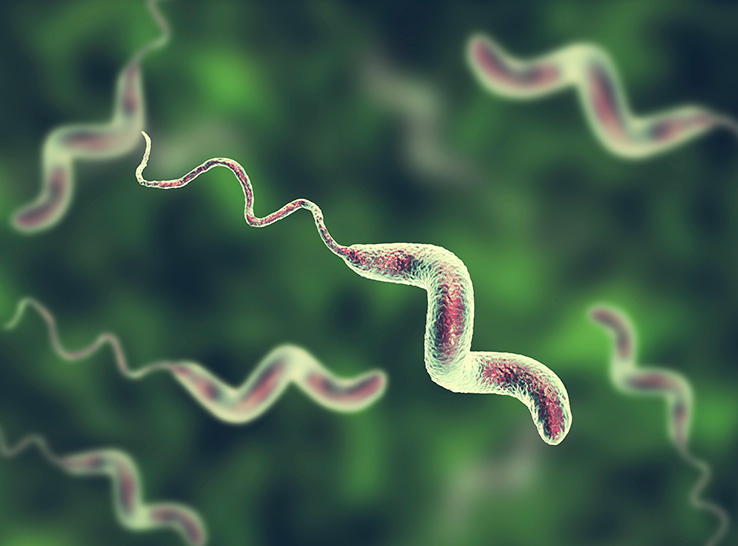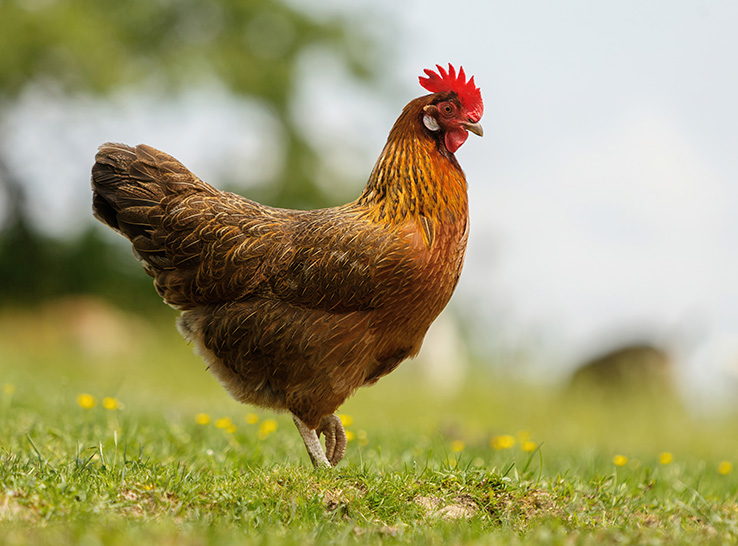Spotty liver disease (SLD) has challenged producers of table-egg laying hens throughout the world for decades, largely because the causative agent remained elusive. Fortunately, in 2016, a researcher identified a bacterium, Campylobacter hepaticus, as the culprit.
The disease has economic and welfare implications, causing multifocal lesions on livers, reducing egg production and size and increasing mortality rates of infected hens. Once a flock encounters SLD, subsequent flocks in the production house are likely to be reinfected.
“It seems like all layer breeds are susceptible to SLD, including growing layers,” said Roel Becerra, DVM, graduate research assistant, Poultry Diagnostic and Research Center, University of Georgia. “But we haven’t seen it in broilers or pullets.”
Another ongoing challenge is that there are no commercial vaccines or treatments available for SLD, and research on control strategies remains limited. Today, control is especially difficult in organic or antibiotic-free laying-hen flocks.
At the 2025 International Poultry Scientific Forum, Becerra shared a case study involving chlorine as a possible treatment for SLD.
The phone call
Becerra has long been interested in SLD, but an afternoon phone call prompted his latest case study. The producer reported that he had two houses of free-range, antibiotic-free, brown layer hens that were 40 weeks old. One house had a 5% increase in hen mortality and a 5% drop in egg production. The second house was unaffected.
The next day, Becerra visited the site and found many lethargic birds with high body temperatures. He collected 25 dead and six live birds from house 1 for necropsies.
“When I opened them up, all of them had gross liver lesions. On top of the liver, I found multifocal white spots,” he noted. “They looked like fireworks on the Fourth of July.”
He also collected bile for bacteriology and liver for histopathology. After a 7-day incubation, Becerra found that 27 of the 31 bile samples had characteristics of C. hepaticus and were later confirmed PCR-positive for C. hepaticus.
“When you suspect C. hepaticus, it’s important to confirm it with PCR because other Campylobacters can look similar to C. hepaticus,” he said.
Nearly all the tissue samples submitted for histopathology had liver lesions and necrosis in the bile ducts. “It is important to note that you cannot diagnose C. hepaticus with only histopathology. You must use all the diagnostic tools, including PCR,” Becerra added.
The treatment
The case study’s objective was to evaluate whether chlorine could kill or treat SLD. Although house 1 was the only one affected, both houses received the same treatment: 10 parts per million chlorine in the water for 2 weeks. The birds were also treated with vitamin D because of its importance in eggshell quality. In addition, the birds received vitamin E, which has antioxidant properties and plays a role in liver health.
“What’s interesting is that 6 weeks later, house 2 had a 12% decline in egg production and a 1% increase in hen mortality,” Becerra reported. “For all the C. hepaticus cases I have seen, egg production drops between 1% and 25% and mortality increases 1% to 15%.” As noted, house 1 recorded a 5% decline in egg production and a 5% increase in mortality.
Notably, there was no impact on feed intake in either house.
Becerra sent a strain from house 1 for genome testing and found that it was highly related to strains from the US, Australia and the UK. “But we also found that the strain was very related to C. fetus,” he noted.
Case study conclusions
Because C. hepaticus is difficult to work with, the pathogenesis of SLD is still not well-known.
“The results suggest that adding chlorine to the water may help reduce hen mortality. However, it does not appear to eliminate or prevent the infection,” Becerra noted.
Because there are no vaccines or treatments for SLD, he advised focusing on the laying hen’s diet. “We need more research to determine effective treatments and prevention strategies,” he added.
Becerra offered two suggestions for poultry veterinarians and producers who are on a budget but want to diagnose SLD: “Pay attention to gross liver lesions, because that is a strong indicator of the disease, and collect bile for bacteriologic analysis. Also, it’s important to compare the results with PCR.”








